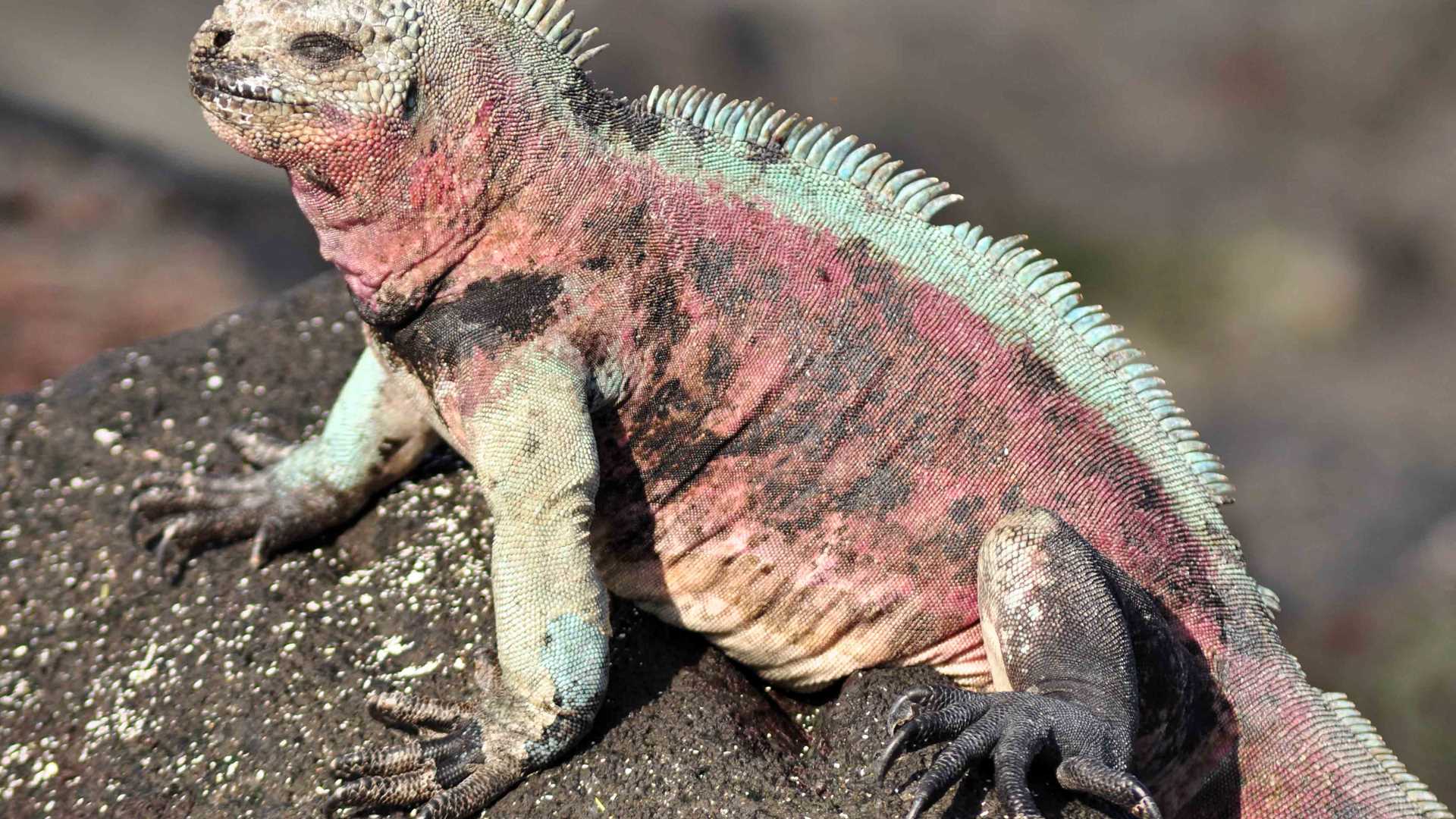Española or Hood Island is the oldest island of the archipelago. In contrast to San Cristobal Island, which we visited yesterday, this landscape looks barren, with dry vegetation everywhere due to the lack of water and flatter topography. It is fascinating to see how drastically different these two environments are, despite their relative proximity to each other.
The weather conditions today were excellent, and we began our snorkeling activities right after breakfast, at Gardner Islet. Our guests were dazzled by this magical underwater world, with a great number of colorful invertebrates and fish. We observed stingrays, sea turtles, sharks and many other species of tropical fish. The visibility was excellent, and we were able to observe the depths where young sea lions tried to call our attention, swimming close to us, and inviting us to play with them. The water was so clear that it was possible to observe a blue-footed booby diving and catching a small fish. After our deep water activities, our guests landed at the coralline beach at Gardner bay; its white color contrasted with the black bodies of the sea lion, creating a perfect scene for taking photos. We took the opportunity to go swimming, and to admire the tameness of all creatures found there: Española mockingbirds, finches and babies sea lions fearlessly approached us, amazing and delighting our guests.
In the afternoon and after a short navigation, the National Geographic Endeavour dropped anchor at Punta Suarez. Our activities began landing on the small dock, which was completely wet due to the big waves that crashed on the rocks behind it. We made our way inland, where the vegetation looked dry with no leaves, due to the lack of rainfall; some warbler finches fluttered among the bushes and small ground finches fed on dry seeds along the narrow path. The sun disappeared behind some clouds and a soft wind caressed our faces, cooling this place that has been heating up for so many hours. Our efforts were finally rewarded when, among the bushes, we observed our first waved albatross, which was incubating an egg; few meters from it, we found many others just alongside the trail. We were delighted to observe their elaborate courtship dance, hearing their unmistakable calls and seeing their long wings, reminding us that they are by far the largest bird in the Galapagos. Finally, we arrived to the cliffs where Nazca boobies and blue-footed boobies were nesting and caring for their chicks, while in the air albatrosses, Galapagos hawks, frigatebirds, blue-footed boobies and sea gulls displayed their magnificence and uniqueness. We arrived to the blowhole, which looked spectacular with huge waves breaking against the rocks flooding the seashore with white foam. We stopped many times along the trail to observe this natural formation and the albatross landing and taking off from the cliffs, using the flat terrain as a real airstrip.
After an incredible sunset, we finally came back to our dear National Geographic Endeavour, observing the blazing horizon, knowing that these amazing memories will remain in our minds forever.







